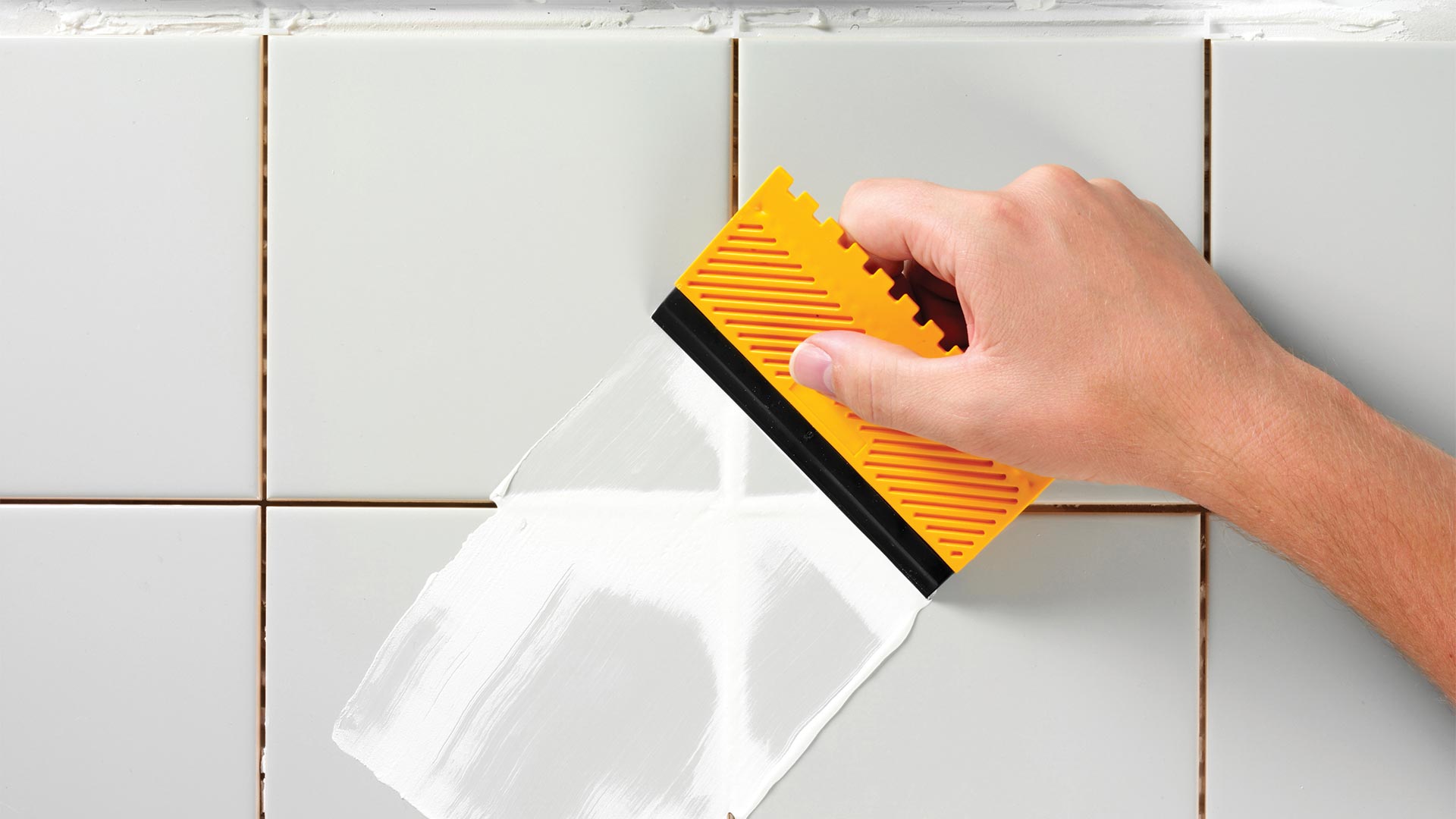Ever wondered about the different types of grout used in various tiling projects? You may have heard of sanded grout, unsanded grout, and epoxy grout, but do you know their unique characteristics and where they are best applied? Understanding these distinctions can make a significant difference in the outcome of your next home improvement venture. Let’s explore the world of grout together and uncover the secrets behind each type’s functionality and purpose.
Sanded Grout
- When working on a tiling project, choosing sanded grout is essential for filling wider gaps between tiles. Sanded grout is a mixture of Portland cement, fine sand, and additives that provide strength and durability. One advantage of sanded grout is the variety of grout color options available, allowing you to match or contrast with your tiles to achieve the desired look for your space. Whether you prefer a classic white or a bold contrasting color, sanded grout can help you achieve the aesthetic you envision.
- Additionally, sanded grout offers grout sealing benefits. Due to its composition, sanded grout is naturally more porous than unsanded grout. This increased porosity means that sanded grout benefits significantly from sealing, which helps prevent water penetration, staining, and mold growth. By sealing your sanded grout, you can prolong its lifespan and maintain the beauty of your tiled surface for years to come.
Unsanded Grout
- Unsanded grout, also known as non-sanded grout, is a type of grout commonly used for smaller grout lines typically less than 1/8 inch wide. This type of grout is ideal for tile installation projects where the tiles are placed close together, such as with mosaic tiles or delicate tiles that can be scratched easily by sanded grout. Unsanded grout is a finer mix, which makes it easier to work into narrow spaces without scratching the tiles’ surface.
- When choosing unsanded grout, you have a variety of color options available to match your tiles and design preferences. Unsanded grout is available in a wide range of colors, allowing you to find the perfect match for your project. It’s important to note that unsanded grout isn’t recommended for grout lines wider than 1/8 inch as it lacks the binding power of sanded grout for larger gaps. For smaller grout lines, unsanded grout provides a smooth, uniform finish that enhances the overall aesthetic of your tiled surface.
Epoxy Grout
- Ideal for situations where a finer mix is necessary, such as with delicate tiles or narrow spaces, epoxy grout provides a durable and water-resistant option for your tiling projects. Epoxy grout offers several benefits that make it a popular choice for many homeowners. One significant advantage is its stain and chemical resistance, making it ideal for areas prone to spills or high traffic. Additionally, epoxy grout is highly durable, ensuring that your tiled surfaces maintain their integrity for years to come.
- When applying epoxy grout, it’s essential to follow a few key tips for optimal results. Firstly, make sure to mix the components thoroughly according to the manufacturer’s instructions to ensure proper curing. Secondly, work in small sections at a time, as epoxy grout sets quickly and can be challenging to remove once hardened. Lastly, clean excess grout from the tiles promptly using a damp sponge to achieve a clean finish.

Characteristics of Sanded Grout
- Sanded grout, commonly used in a variety of tiling projects, offers a textured finish that enhances the overall look and durability of your tiled surfaces. When selecting sanded grout for your project, you’ll find a wide range of grout color options available, allowing you to match or contrast with your tiles for the desired aesthetic effect.
- One key characteristic of sanded grout is its ability to fill wider grout lines, typically ranging from 1/8 inch to 1/2 inch. This makes sanded grout an excellent choice for projects where larger grout lines are present or desired. Additionally, due to its sand content, sanded grout is less prone to shrinkage and cracking, providing a sturdy foundation for your tiles.
- After applying sanded grout, it’s essential to follow up with the grout sealing process to protect it against stains and moisture infiltration. Sealing sanded grout helps maintain its appearance and longevity, ensuring that your tiled surfaces stay looking fresh and vibrant for years to come.
Best Uses for Each Grout Type
- When working on tiling projects, the choice of grout type plays a crucial role in achieving the desired aesthetic and durability, with sanded grout being particularly beneficial for filling wider grout lines and providing enhanced strength to your tiled surfaces. Sanded grout is ideal for areas such as kitchen countertops, floors, and backsplashes that are prone to heavy traffic and moisture exposure. Its coarse texture helps it to lock into place, making it resistant to cracking and shrinking.
- For grout color choices, sanded grout comes in a variety of colors to match your tiles and enhance the overall look of your project. It’s important to select a color that complements your tiles and desired aesthetic, ensuring a cohesive finish.
- When it comes to maintenance tips, sanded grout requires regular sealing to prevent staining and water damage. Be sure to follow the manufacturer’s instructions for sealing and cleaning to prolong the lifespan of your tiled surfaces and keep them looking fresh.
Conclusion
In conclusion, understanding the three types of grout – sanded, unsanded, and epoxy – is crucial for any tiling project. Sanded grout is best for wider gaps, unsanded for narrow joints, and epoxy for high-traffic areas. Each type has its own unique characteristics and best uses, so selecting the right grout is essential for a successful and long-lasting tile installation. Make sure to choose the appropriate grout for your specific project to achieve the best results.